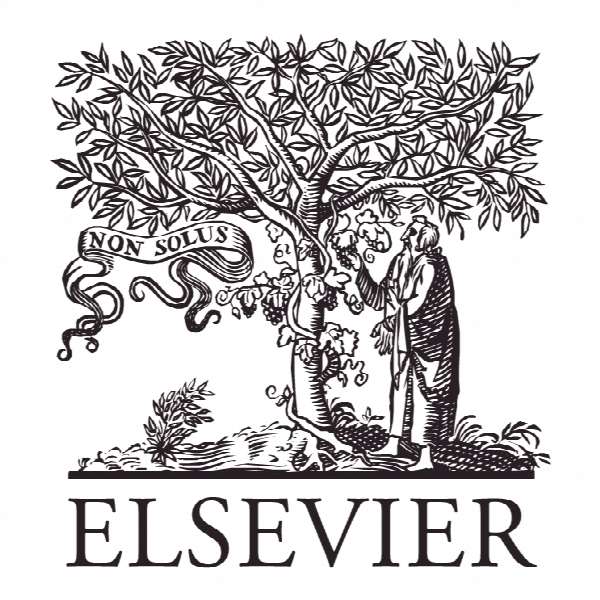دوره سلول سرطانی در مبتلایان به اوتیسم: متاآنالیز همگام سازی داده تصویربرداری مغز اوتیسم Cerebellar Volume in Autism: Literature Meta-analysis and Analysis of the Autism Brain Imaging Data Exchange Cohort
- نوع فایل : کتاب
- زبان : انگلیسی
- ناشر : Elsevier
- چاپ و سال / کشور: 2018
توضیحات
رشته های مرتبط روانشناسی
گرایش های مرتبط روانشناسی بالینی
مجله روانپزشکی بیولوژیکی – Biological Psychiatry
دانشگاه Département de Neuroscience – Institut Pasteur – France
منتشر شده در نشریه الزویر
کلمات کلیدی انگلیسی Autism, Cerebellum, Cohort study, Computational neuroanatomy, Meta-analysis, Neuroimaging
گرایش های مرتبط روانشناسی بالینی
مجله روانپزشکی بیولوژیکی – Biological Psychiatry
دانشگاه Département de Neuroscience – Institut Pasteur – France
منتشر شده در نشریه الزویر
کلمات کلیدی انگلیسی Autism, Cerebellum, Cohort study, Computational neuroanatomy, Meta-analysis, Neuroimaging
Description
Autism spectrum disorder (ASD) affect 1% of the population and is characterized by impairments in social interactions and the variety of interests. Through the years, many reports have suggested that cerebellar abnormalities were implicated in the onset of ASD [reviewed in (1)]. The cerebellum exhibits a highly regular arrangement of neurons and connections, supposed to support massive parallel computing capabilities, in particular through long-term synaptic plasticity (2,3). It has been traditionally involved in the performance of precise motor behavior, and patients with ASD also present with varying degrees of dyspraxia (4,5). There is also growing evidence for involvement of the cerebellum in cognitive and affective functions, which could be impaired in autism (6–9). The first case report of abnormal cerebellar anatomy in autism was published in 1980 (10) and described a reduced number of Purkinje cells in the cerebellar vermis of a patient with autism. In 1987, Courchesne et al. (11), using in vivo magnetic resonance imaging (MRI), were the first to report a cerebellar abnormality in a patient with ASD. Since then, various studies comparing the volumes and areas of cerebellar subregions between patients with ASD and control subjects have reported significant differences. However, whereas many articles report statistically significant differences, many others fail to detect differences. These discrepancies could be due to many factors, for example, the high heterogeneity in the etiology of ASD, differences in the inclusion criteria across studies, or differences in the eventual comorbidities affecting patients in different groups. The discrepancies could also reveal methodological bias, such as differences in MRI sequences, segmentation protocols, or statistical analyses. Finally, they could also result from chance when small sample sizes lead to noisy estimations of mean volumes. Our aim was to objectify the alterations of cerebellar volumes in ASD. In the first part of this article, we present a systematic meta-analysis of the literature, examining the differences across previous reports and determining a combined effect size. In the second part, we describe our analysis of cerebellar volume in the ABIDE (Autism Brain Imaging Data Exchange) cohort (12) and study the consistency of these results with results from the meta-analysis. Finally, we describe our analyses of the impact of distinct sources of variability, such as sex, age at inclusion, or IQ, on the volume differences between patients with ASD and control subjects.


